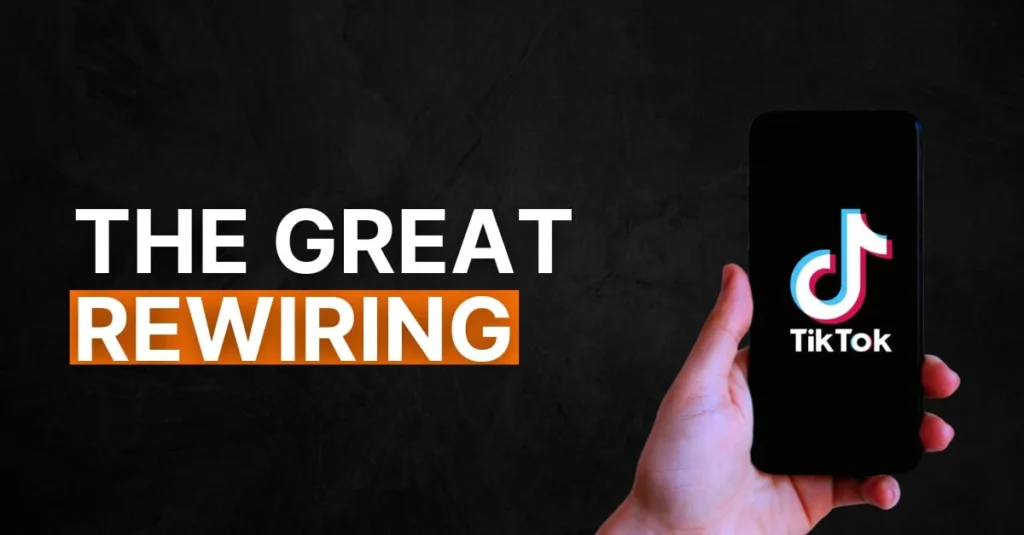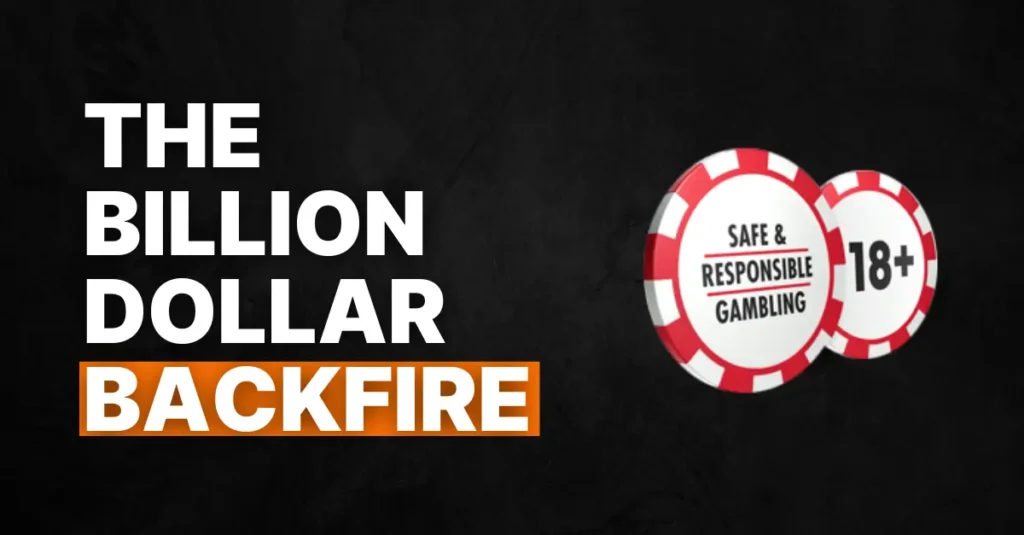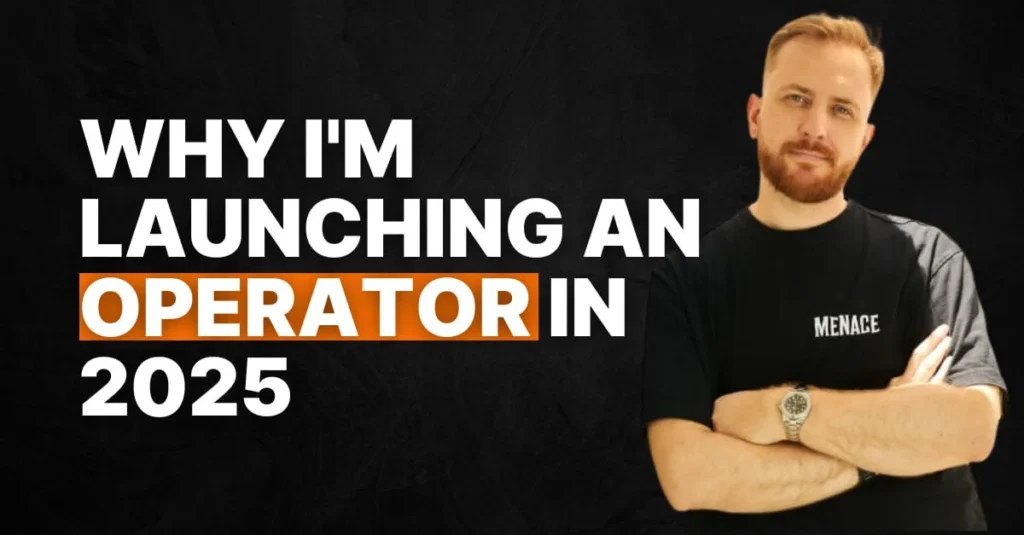Your brain is systematically undervaluing every uncertain decision you make by 30-40%. And you’re probably rewarding lucky outcomes while punishing sound decisions that got unlucky.
This isn’t a character flaw. It’s a measurable cognitive bias with quantified solutions. And most executives have no idea it’s happening.
The Systematic Discount You Don’t See
Here’s a thought experiment that’ll make you uncomfortable.
Maurice Schweitzer at Wharton ran a study that exposed something disturbing about how we value uncertainty. Ask someone how much they’d pay for a $50 gift card, and they’ll say about $48. Makes sense, right? A slight discount for liquidity. Ask them about a $100 card? Same logic, around $95-98.
Now tell them it’s a gamble. Flip a coin, and they get either the $50 card or the $100 card. What’s it worth now?
About $35.
Let that sink in. The minimum value is $50, but uncertainty causes people to discount it by 30%. They’d literally rather have nothing than take a guaranteed win with uncertain magnitude.
This is your organisation’s default setting.
Now layer on what Annie Duke calls “resulting” which is the tendency to judge decision quality by outcomes rather than process. A good decision can have a bad outcome (bad luck). A bad decision can have a good outcome (dumb luck). But we almost never think this way.
Remember the 2015 Super Bowl? Seahawks on the 1-yard line, 26 seconds left, trailing by four. Everyone expects Pete Carroll to hand it off to Marshawn Lynch. Instead, he calls a pass play. Malcolm Butler intercepts it. Game over.
The headlines weren’t kind. “Worst play call in Super Bowl history.” But here’s the thing, some commentators argued that statistically, it was a sound decision. That pass plays from the 1-yard line had higher success rates in that situation, and it preserved their timeout. The decision was good. The outcome was unlucky.
But nobody remembers it that way.
This is resulting in action. And when organisations reward lucky outcomes and punish unlucky good decisions, they create a death spiral. Teams become risk-averse. Innovation dies. Not from lack of ideas, but from how past decisions are evaluated.
So you’ve got uncertainty discount (30-40% systematic undervaluation) plus resulting (punishing sound decisions with bad outcomes) equals organisational paralysis. This is the invisible tax on every strategic decision you make.
Three Frameworks With Quantified Impact
Most leaders think awareness solves this. It doesn’t. Knowing about optical illusions doesn’t make them disappear. You need systematic frameworks that override your brain’s default settings.
#1: The Pre-Mortem: Reduce Overconfidence by 30%
A 1989 Wharton/Cornell study found that “prospective hindsight” increases accurate risk forecasting by 30%. A 2010 follow-up study confirmed pre-mortems show the greatest reduction in overconfidence compared to simple critiques or pros/cons lists.
Here’s how it works.
Bad implementation: “What could go wrong?”
Good implementation: “It’s 18 months from now. Our project has failed catastrophically. You’re in the post-mortem meeting. Take five minutes and write down the specific reasons why it failed.”
The difference is subtle but critical. Assuming failure is certain changes everyone’s mindset from defending the idea to demonstrating intelligence through the quality of issues they raise. Suddenly, people aren’t being negative, they’re being smart.
The discomfort is real when you do this. It feels like you’re inviting failure. But that discomfort is your signal that it’s working.
#2: The Tenth Man Rule: Systematic Dissent That Actually Works
Israeli Mossad implemented this after missing critical warning signs before the 1973 Yom Kippur War. The rule is simple: If nine people agree, the tenth must adopt a contrarian position, even if they privately agree with the group.
Sounds like theatre, right?
INSEAD’s 2024 computational research proved otherwise. Teams using “rotating dictatorship” where contrarians had actual decision-making power outperformed majority-rule teams in long-term performance. The surprising finding? Even “anti-geniuses” (contrarians who were consistently wrong about top choices) helped teams identify high-performing alternatives 30% faster.
The mechanism is elegant. Contrarians surface false positives that consensus-seeking preserves. They force the group to defend assumptions. They make implicit reasoning explicit.
But here’s the critical part: The contrarian needs actual power, not just a voice. Assign the role, don’t ask for volunteers. Rotate it. And give them real authority in the decision. Otherwise it’s just theatre.
#3: Separating Decision Quality from Outcomes: Duke’s Anti-Resulting System
Annie Duke breaks every decision into four categories:
- Earned Reward: Good decision → Good outcome
- Dumb Luck: Bad decision → Good outcome
- Bad Luck: Good decision → Bad outcome
- Just Deserts: Bad decision → Bad outcome
Most organisations only recognise #1 and #4. They reward dumb luck and punish bad luck. This systematically kills good decision-making.
Duke’s framework forces you to ask five questions after every major decision:
- Is the outcome clouding your judgment of the decision’s quality?
- Were there positive aspects of the process, even if the outcome was poor?
- Could the process have been improved, even if the outcome was positive?
- What factors beyond your control affected the outcome?
- What alternative outcomes could have resulted?
So start documenting decision rationale every time you make decisions, before you know the outcome. Then review them six months later, focusing exclusively on process quality. This simple practice will transform how your teams think about taking risk.
The hard part? Creating psychological safety for well-reasoned decisions that failed. If your best operator enters a promising market using sound analysis and gets hit by regulatory changes nobody predicted, you can’t punish them. You have to reward the decision quality even as you exit the market.
Organisations that reward outcomes over process become less innovative over time.
Why Good Frameworks Feel Wrong
Here’s where it gets uncomfortable.
Annie Duke has a principle that messes with your head: “If you quit on time, you will feel you quit early.”
Sunk costs and identity effects make us persist too long on everything. Therefore, the right time to exit always feels premature. This isn’t a bug, it’s a feature. Use the discomfort as your signal.
Same with pre-mortems. Imagining catastrophic failure feels like inviting it. Your team will resist: “Why are we being so negative?” Reframe it. This isn’t pessimism, it’s pre-emptive problem-solving. The discomfort means it’s working.
And the Tenth Man role? Exhausting. Easy to dismiss as obstruction. This is why you need rotating assignment with real power, not theatre.
The meta-insight here: These frameworks feel unnatural because bias is natural. You can’t self-assess cognitive bias any more than you can self-assess cognitive fatigue. You need external systems and accountability partners.
Document your decision rationale before outcomes. Schedule reviews focused on process, not results. Build psychological safety for “bad luck” outcomes from good decisions. Make these systematic, not occasional.
Small improvements compound. Thirty percent better risk assessment plus thirty percent faster alternative identification doesn’t equal 60% improvement, it multiplies over time into transformed decision-making.
The invisible tax on your decisions isn’t eliminated by awareness or willpower. It requires systematic frameworks that force better processes.
When pre-mortems feel pessimistic, when the Tenth Man feels obstructionist, when quitting on time feels premature, that discomfort is your signal that the framework is working. Lean into it.
Because the alternative is continuing to pay a 30-40% tax on every decision you make, forever, without even knowing it’s there.



